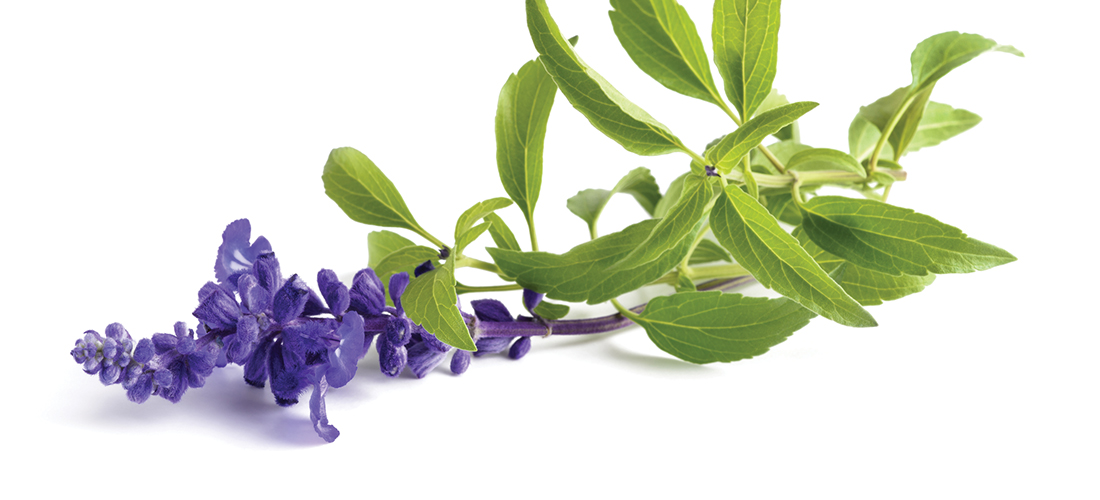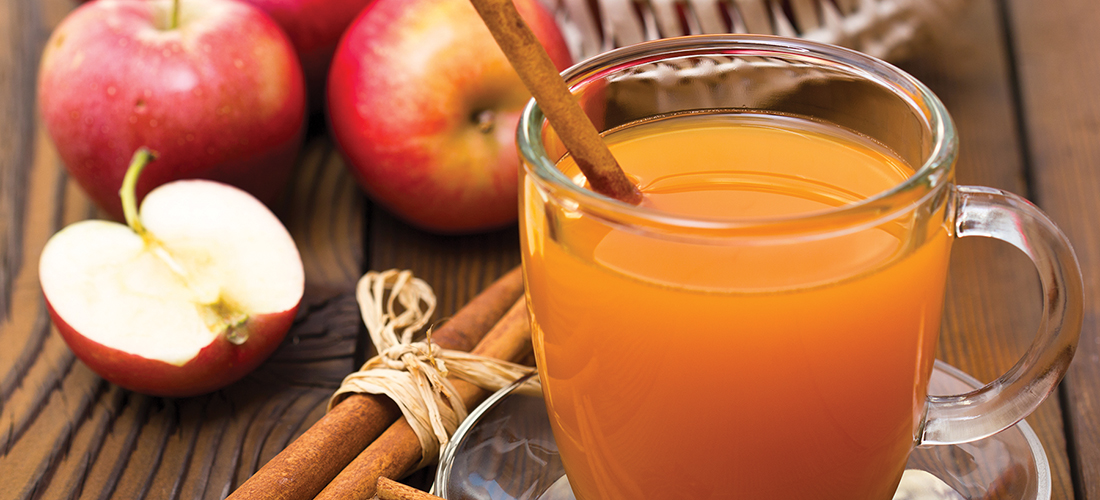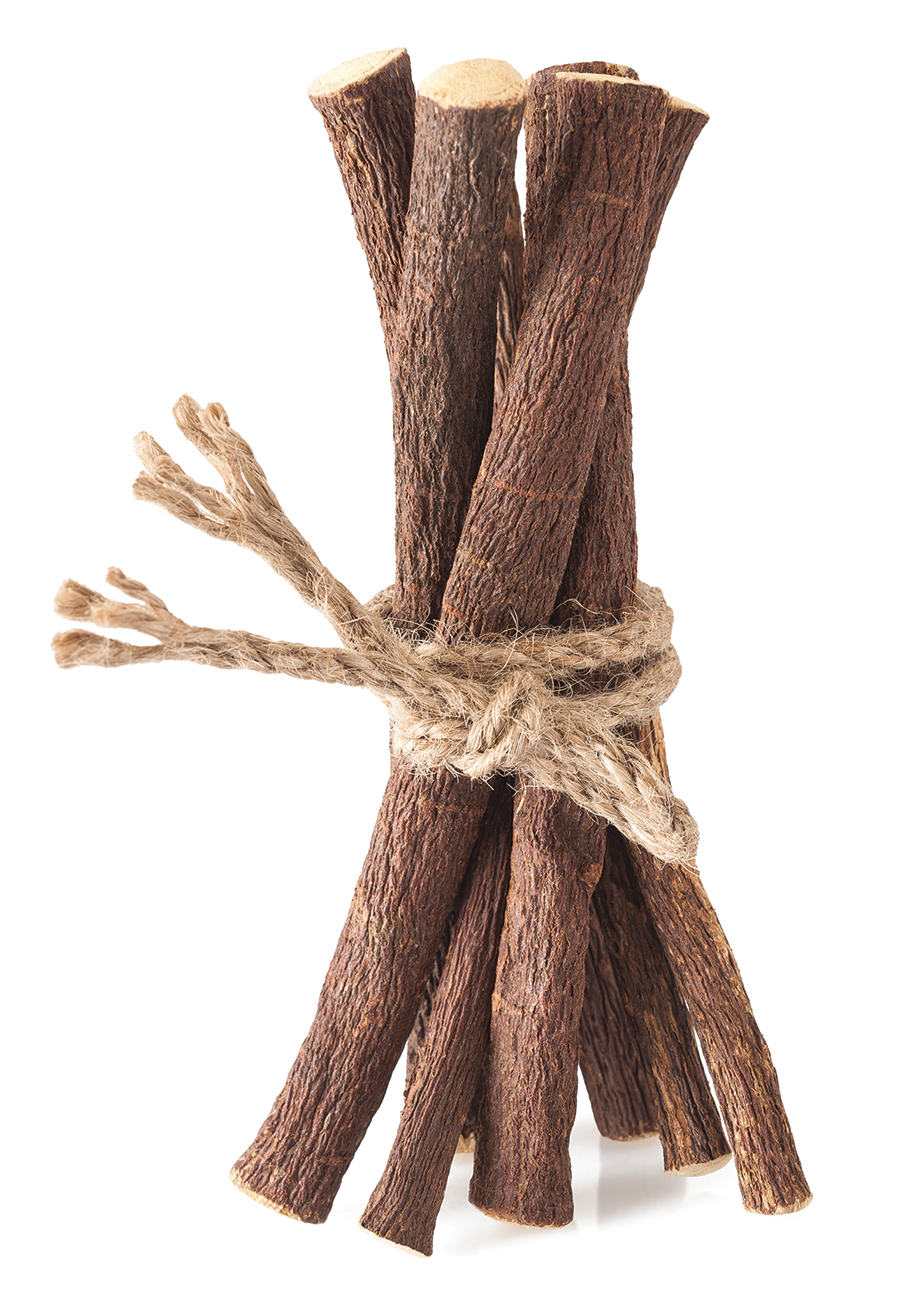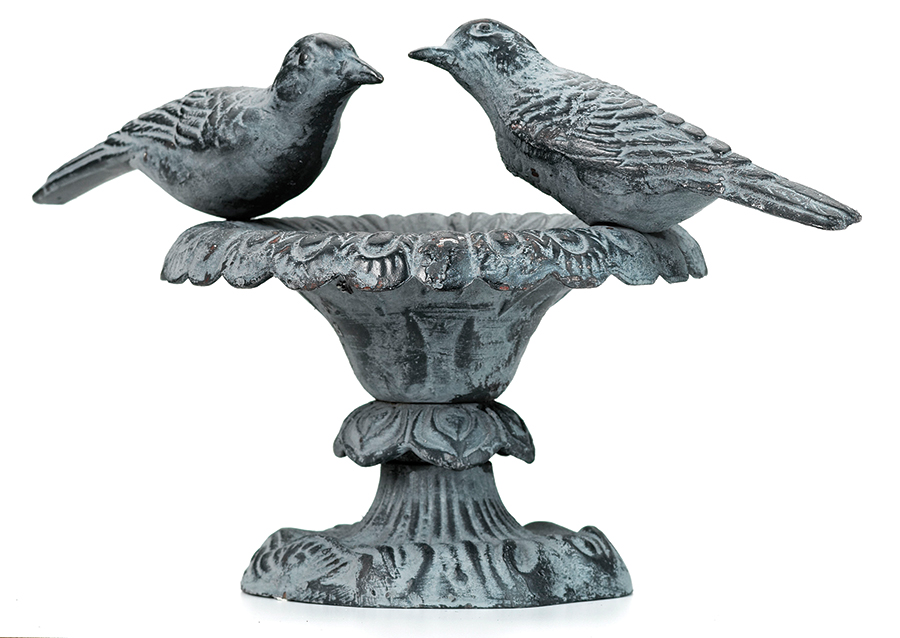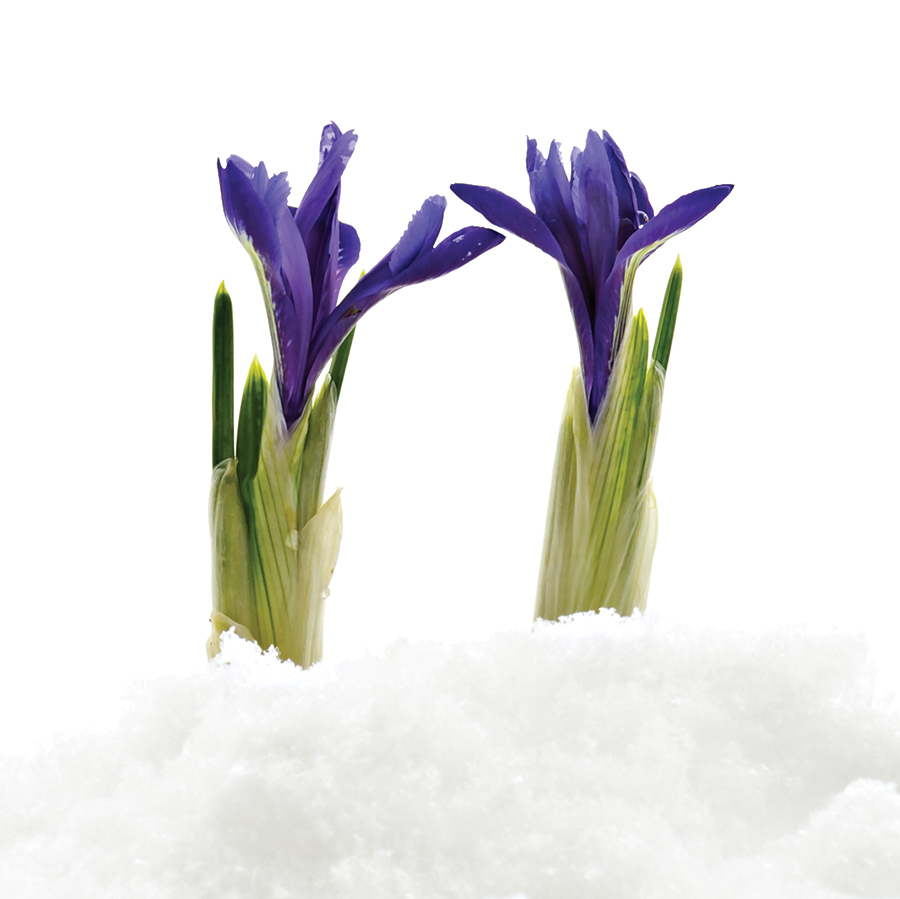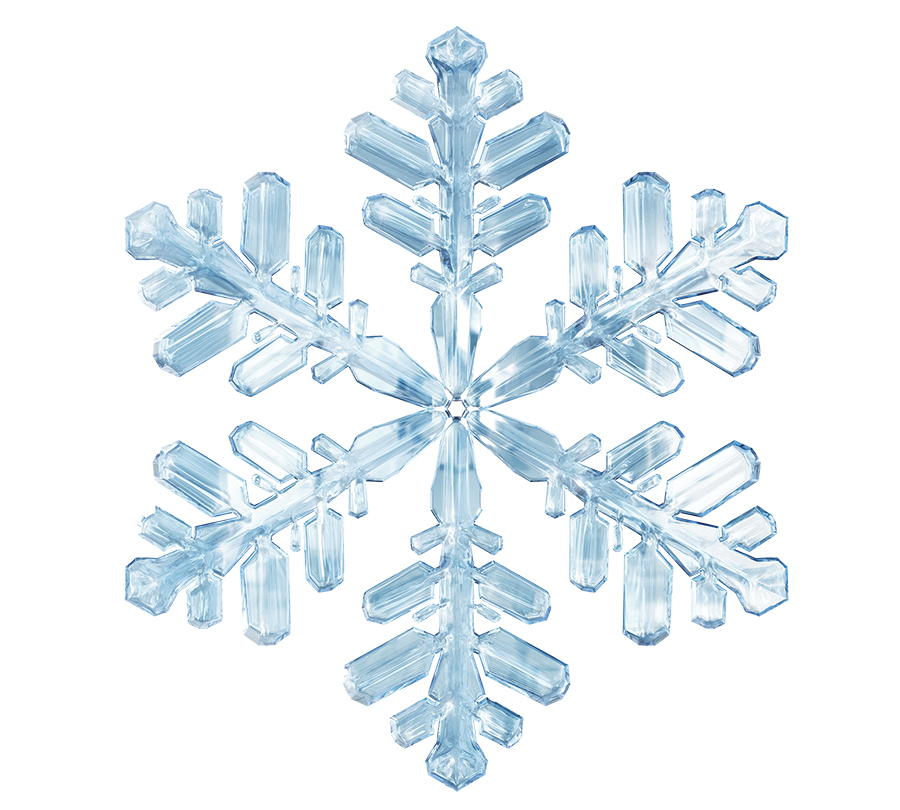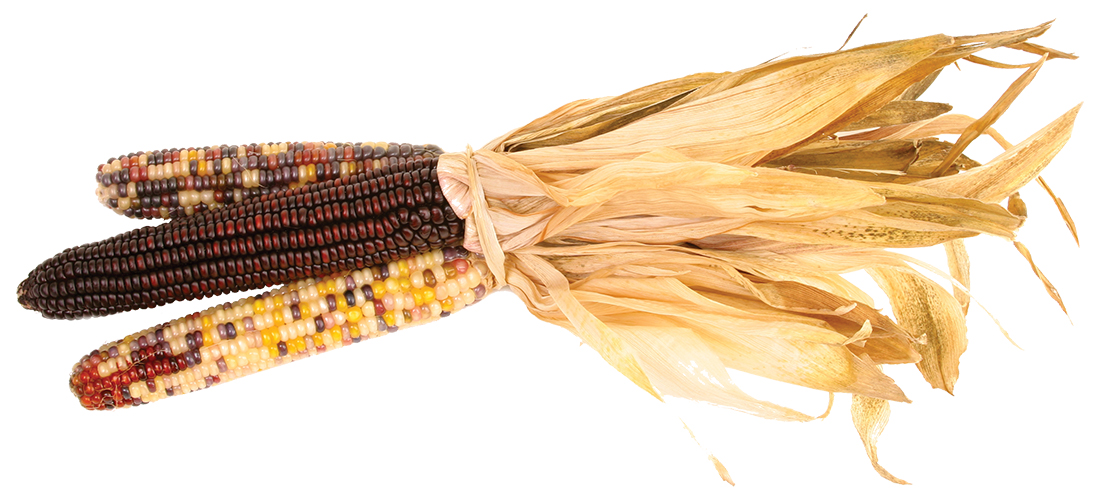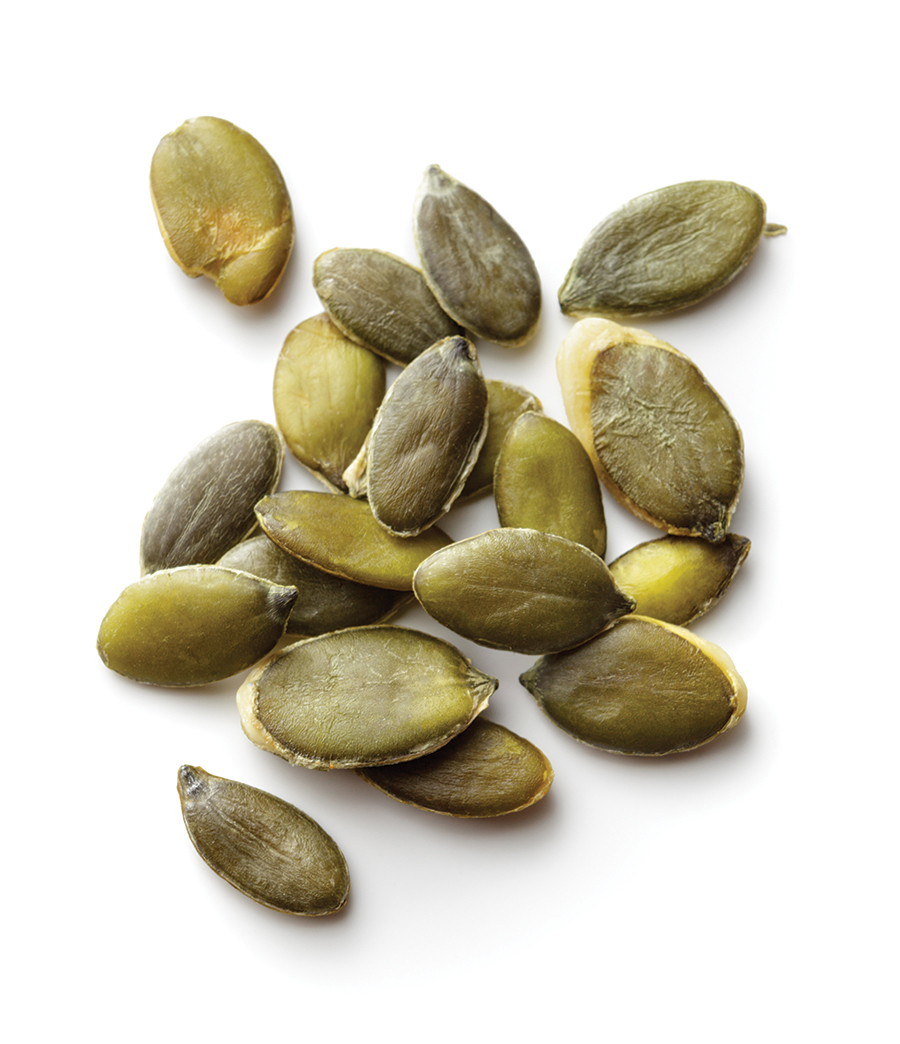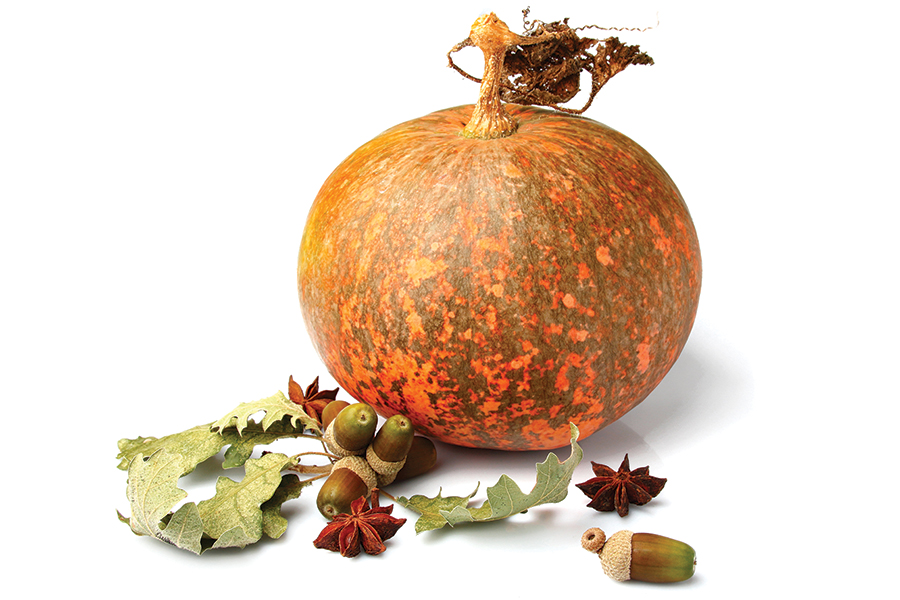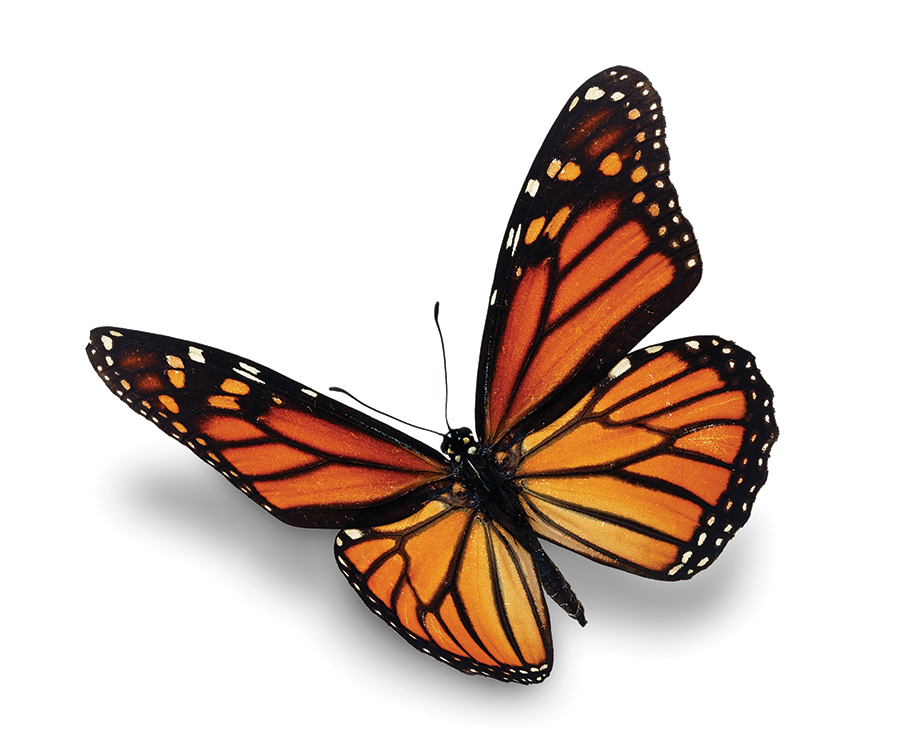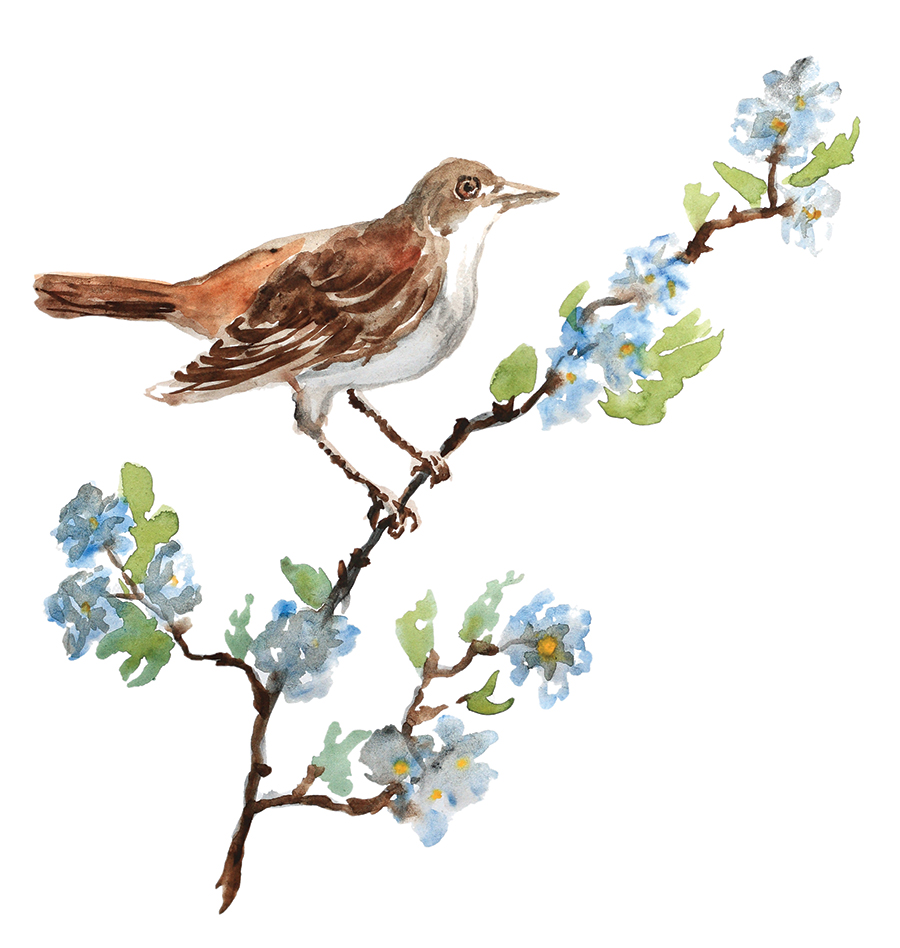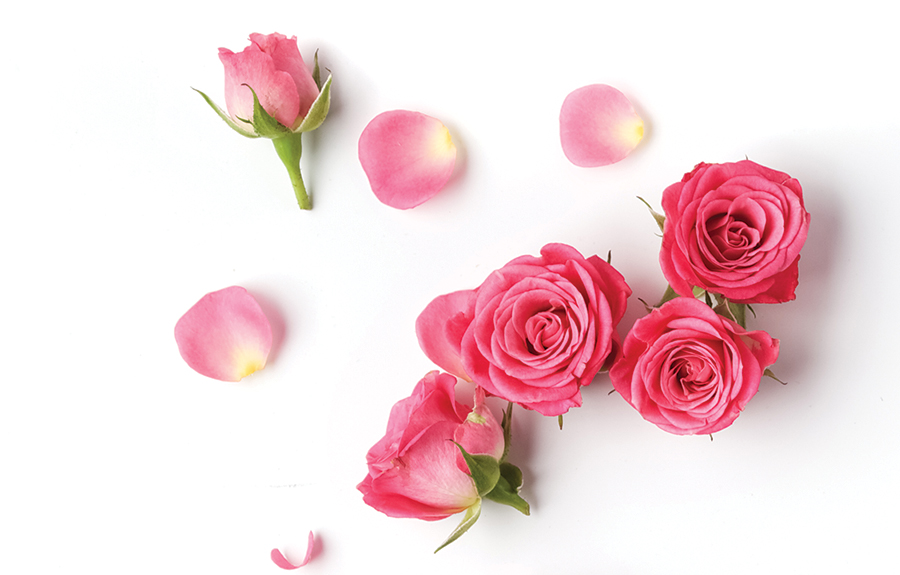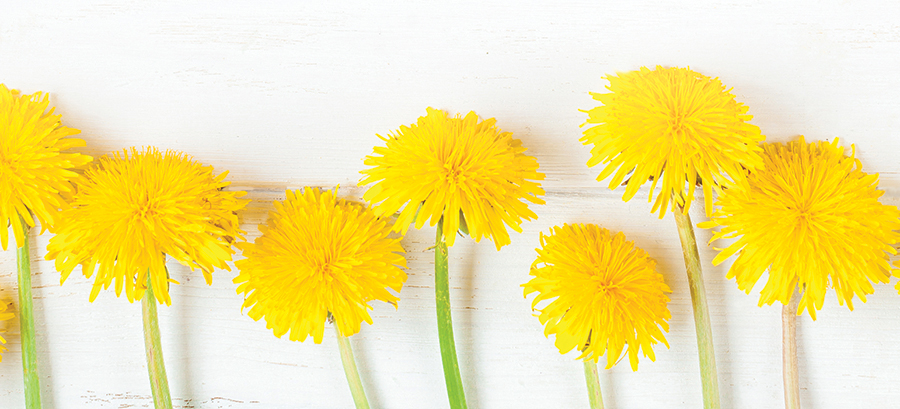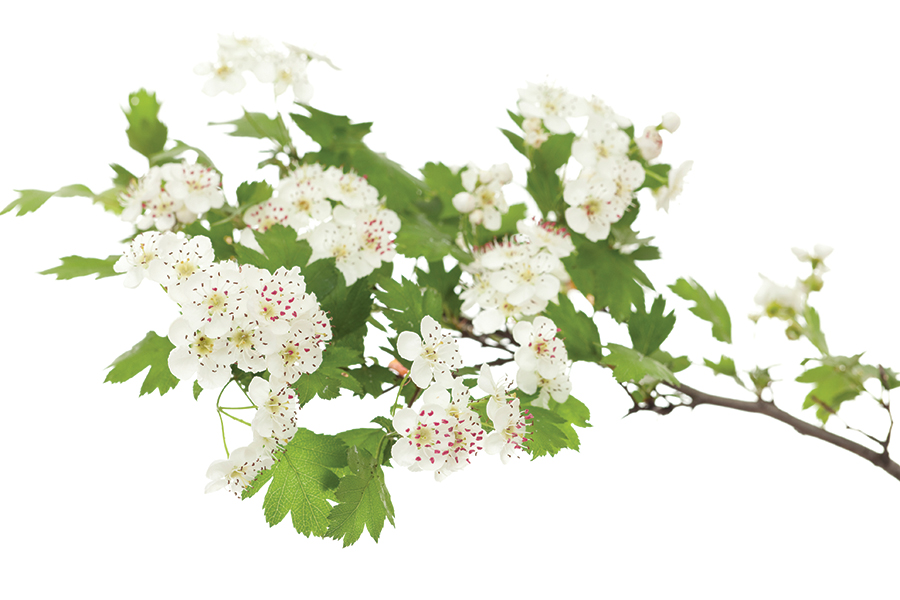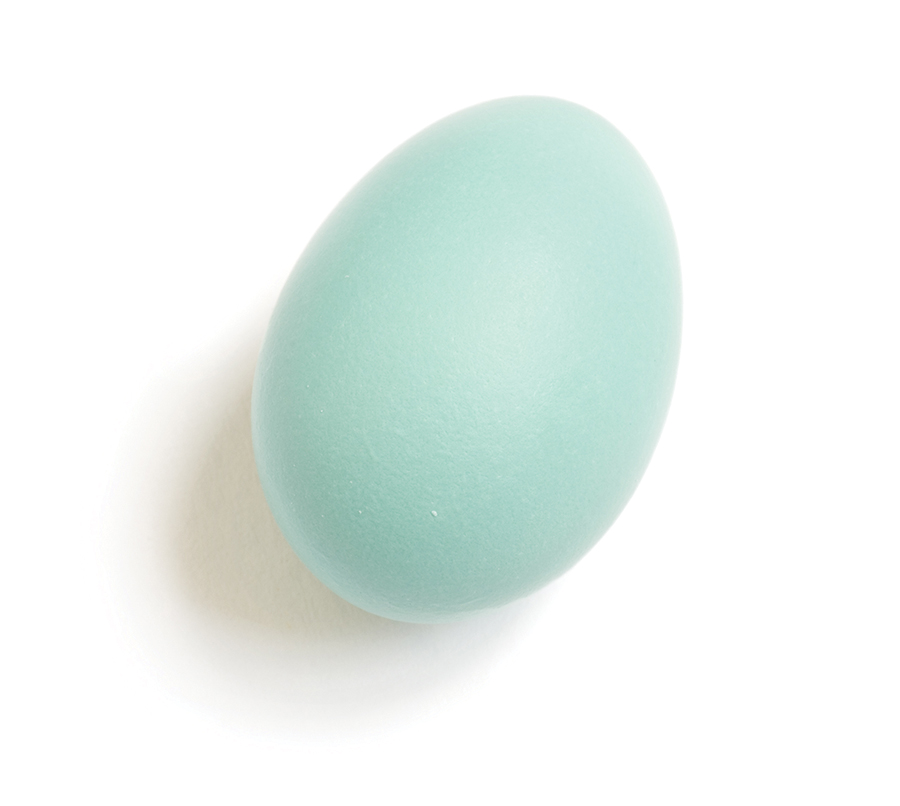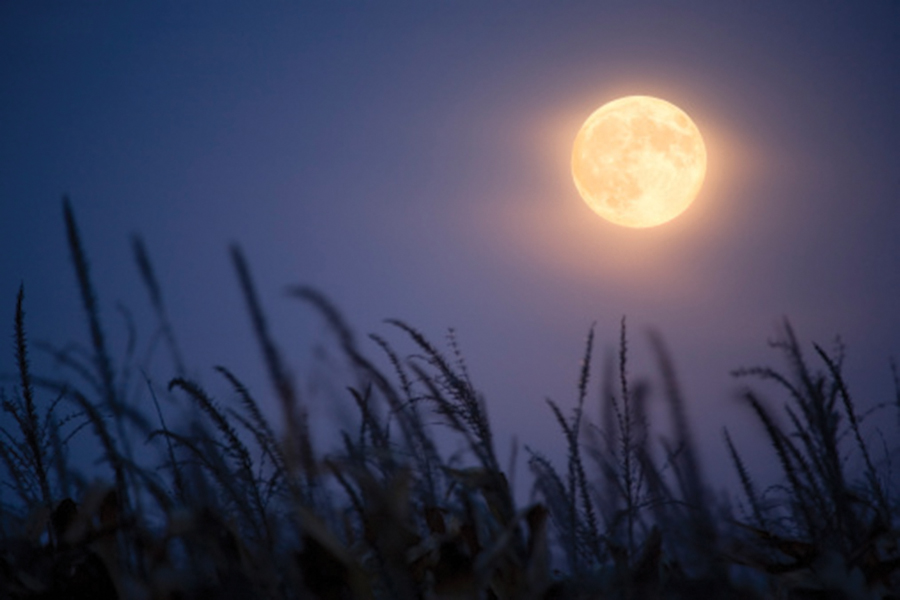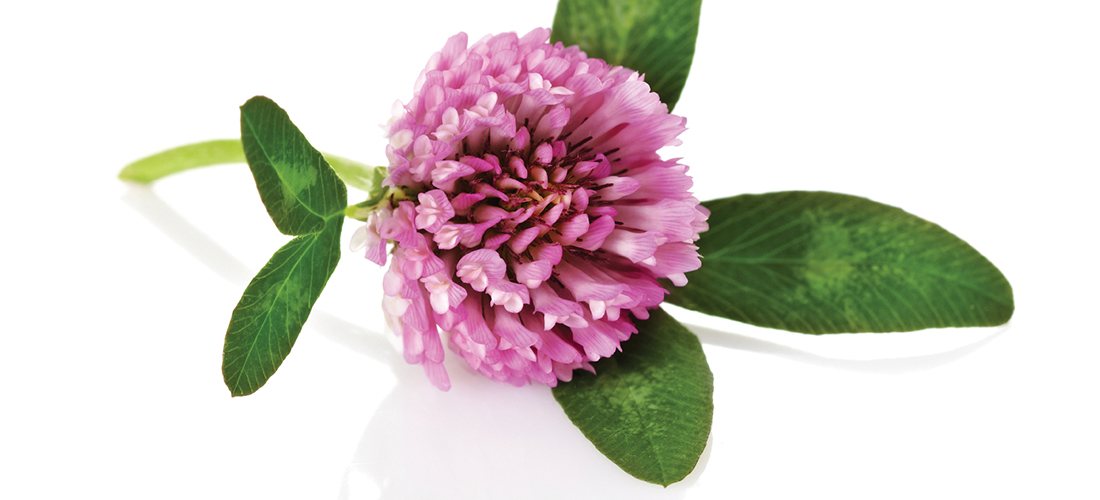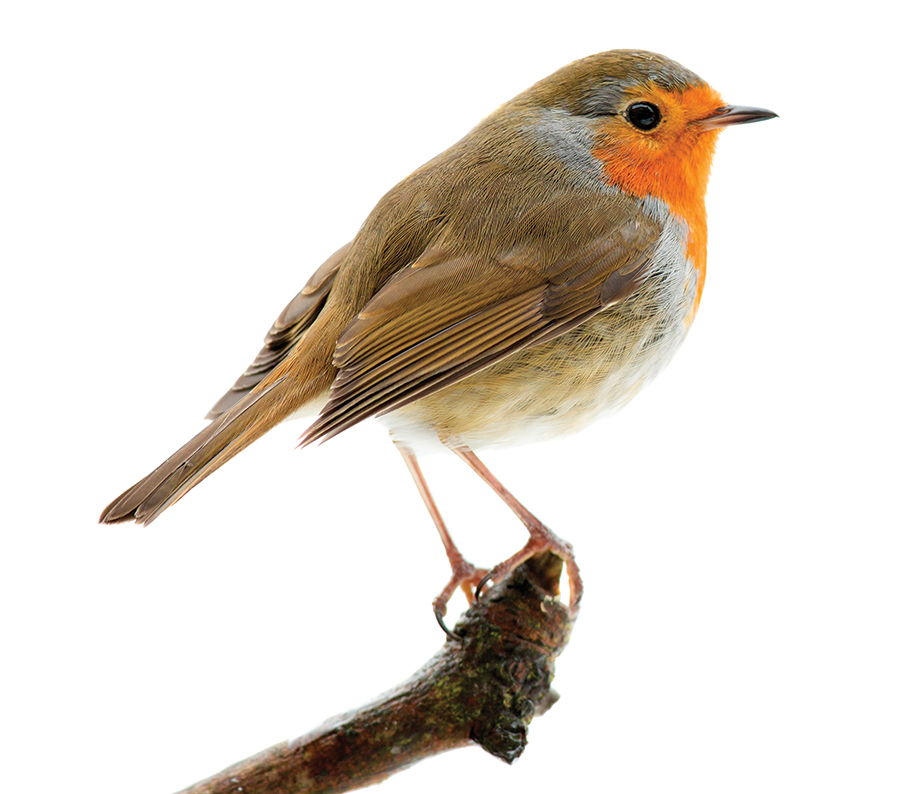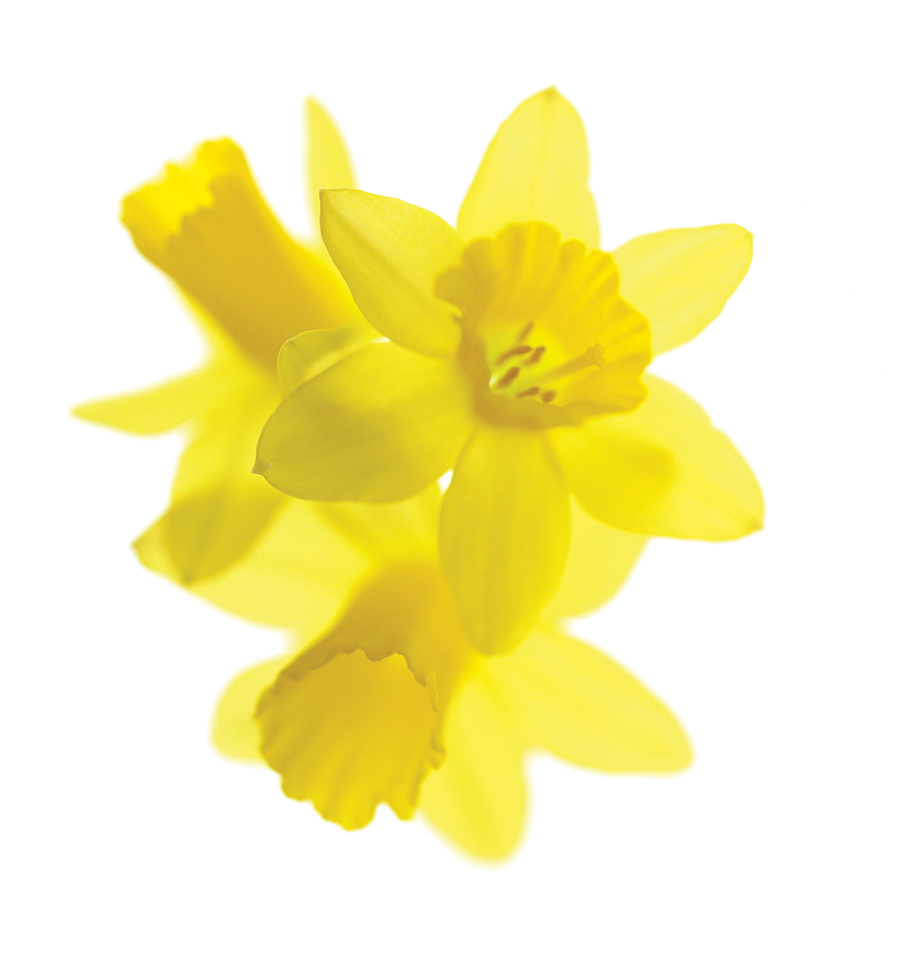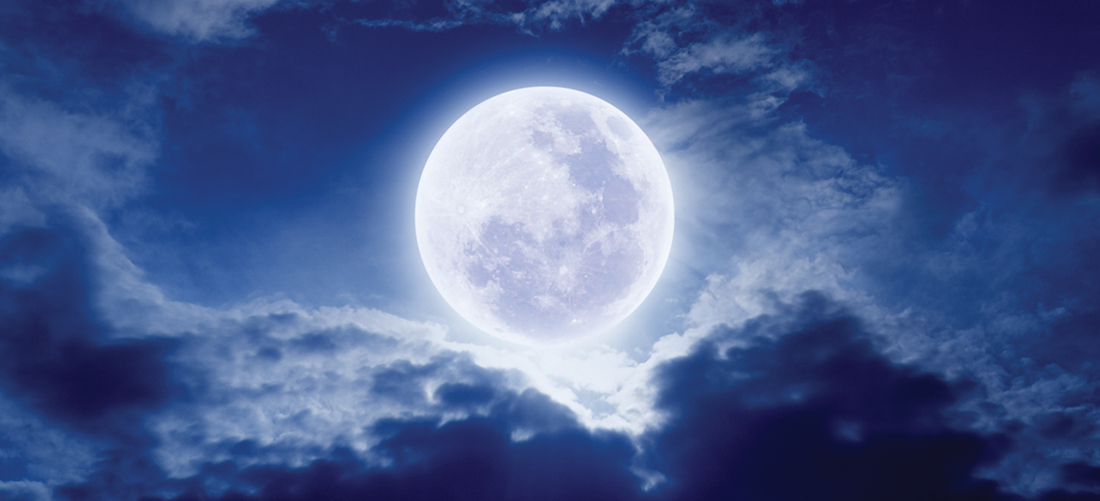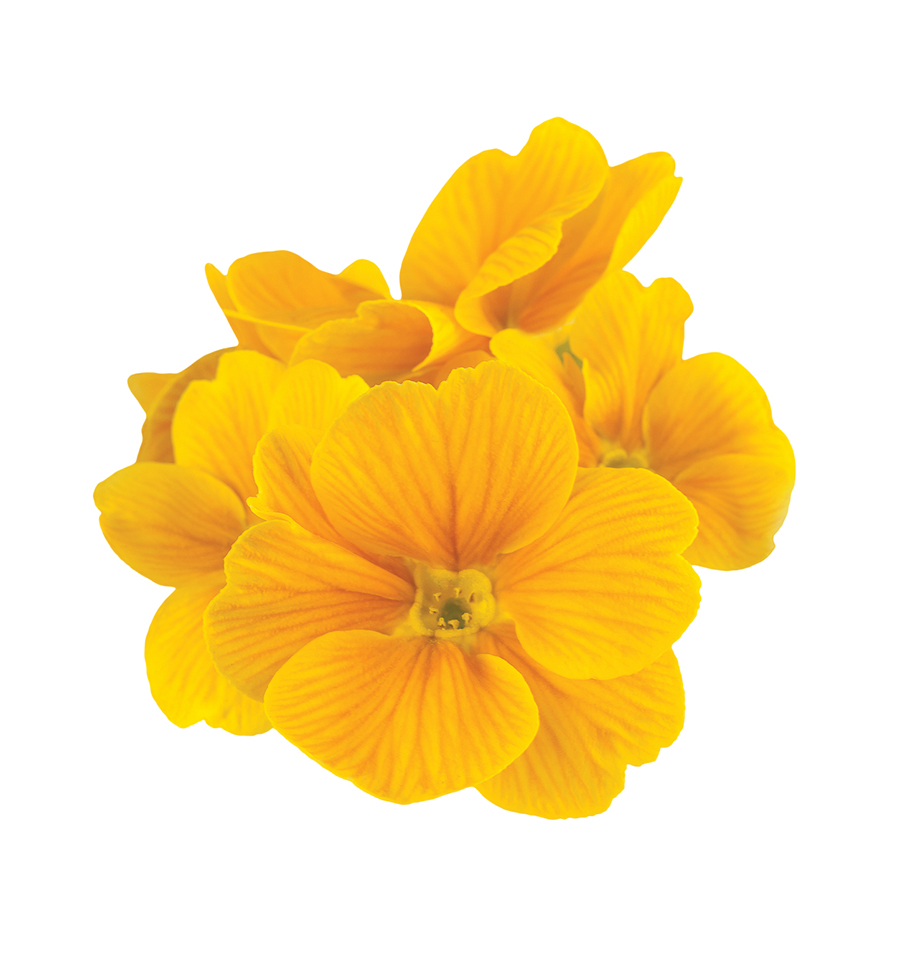Something primal awakens within you on the first day of spring.
You rake the lawn, re-seed bare patches, feed the compost, prune the
fruit trees, repair the wooden trellis, and celebrate the new buds on the heirloom azalea.
Soon, the banksia rose will be a waterfall of fragrant yellow blooms, and foxglove will swoon from the tender kiss of a ruby-throated hummingbird.
Spring is synonymous with life, and each breath is nectar to your soul. As robin exhales mirthful tunes of snowdrop, crocus and daffodil, you find yourself whistling along. Today: songs of iris, thrift and pussy willow. Tomorrow: ballads of blue speckled eggs.
When the soil is workable, you sow the first of the peas, spinach, lettuce and leeks, sealing each seed with a silent prayer.
Tuesday, March 20, officially marks the vernal equinox. Urban legend has it you can keep an egg balanced upright at the exact moment that the sun crosses the plane of the Earth’s equator. Perhaps. Although you might have a better chance of cutting a deal with the wisteria.
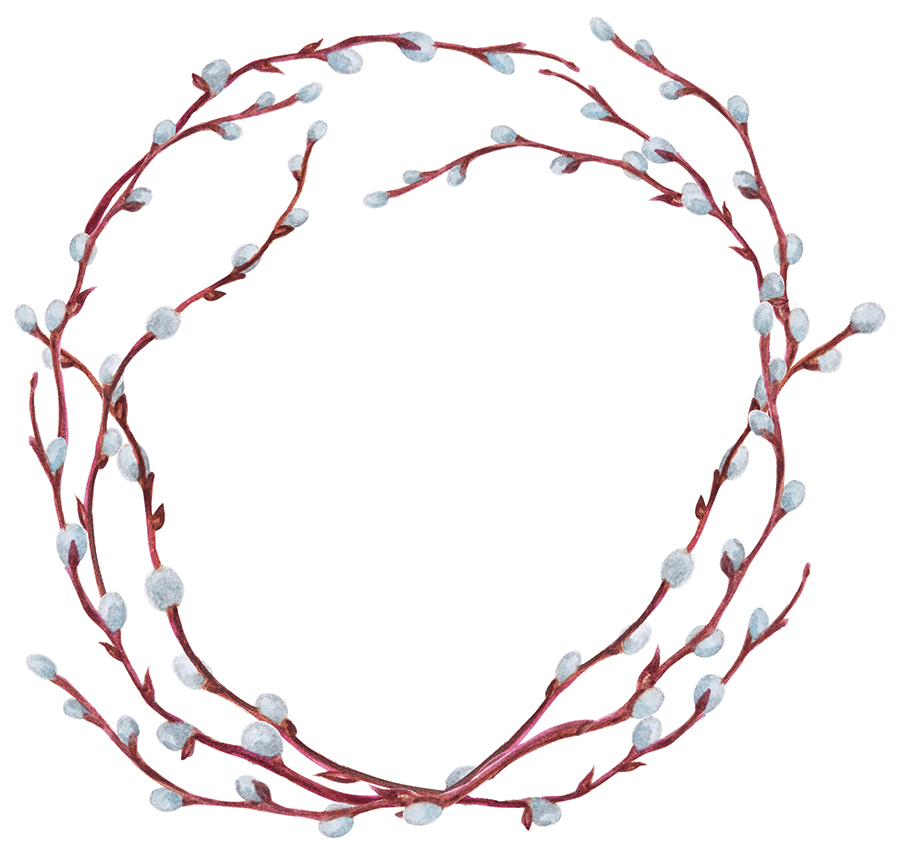
Interview with a Leprechaun
If ever there were an optimal day to spot a leprechaun, surely it would be March 17. That’s what an Irish-blooded friend of mine stands by. As a young girl, Mary would wake with the birds on St. Patrick’s Day morn — the day before her birthday — and lie in the grass in her front yard.
“I thought for sure I would spot a leprechaun there at sunrise,” she recently told me. “I could feel it in my bones.”
Year after year she tried, but on the day before her 11th birthday, she gave up. Perhaps it was silly to believe in the magic of St. Paddy’s Day.
Or maybe it wasn’t.
At sunrise on her 11th birthday, something told her to lie in the yard once more.
“I saw a quick movement out of the corner of my eye,” she remembers, then ran across the yard to discover a perfect four-leaf clover in the grass.
“I still swear a leprechaun guided me there,” she says.
Flash forward 20-plus years to a Welsh pony farm in western North Carolina where, this time of year, when the weeping cherry is in bloom, Mary finds four- and five-leaf clovers on a daily basis — sometimes by the dozen.
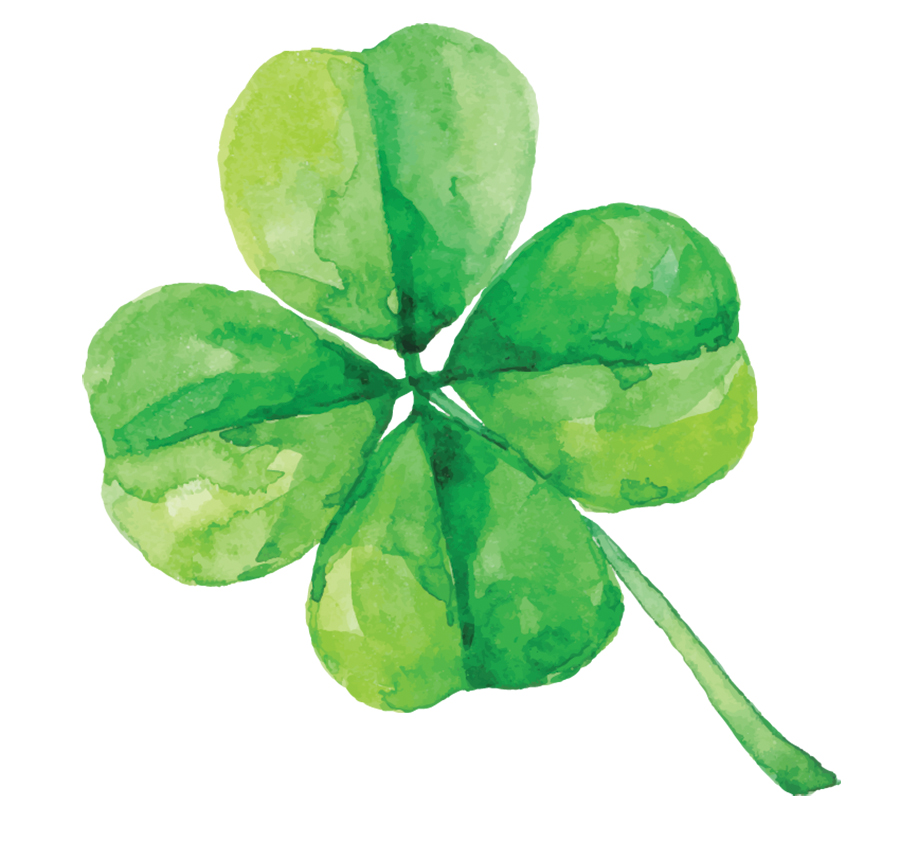
Halloween of 2015, while scanning a favorite field for an hour and a half, she found 117 four- and five-leafers, which she handed out to trick-or-treaters.
“I dressed up as a leprechaun for the occasion.”
How on this clover-loving Earth does she find them?
“Sometimes I see them as movement, and sometimes I hear their vibration,” she explains. “Nature speaks to those who listen.”
If the leprechauns aren’t guiding her, then perhaps the luck is simply in her blood. I’m inclined to believe that both are true.
The best thing about finding clovers?
“Giving them away,” says Mary. “I love seeing the smile on the face of someone who has never seen a four-leaf clover in person.”
The Lunar Report
Two full moons this month. On Thursday, March 1, celebrate the Full Worm Moon by sowing the season’s first root crops and fruiting perennials. Named by the Native Americans who so intimately knew and loved the land, this year’s third full moon signifies a softening Earth and the return of the robin. A second full moon falls on Sunday, March 31. Celebrate by doing that once-in-a-blue-moon something.
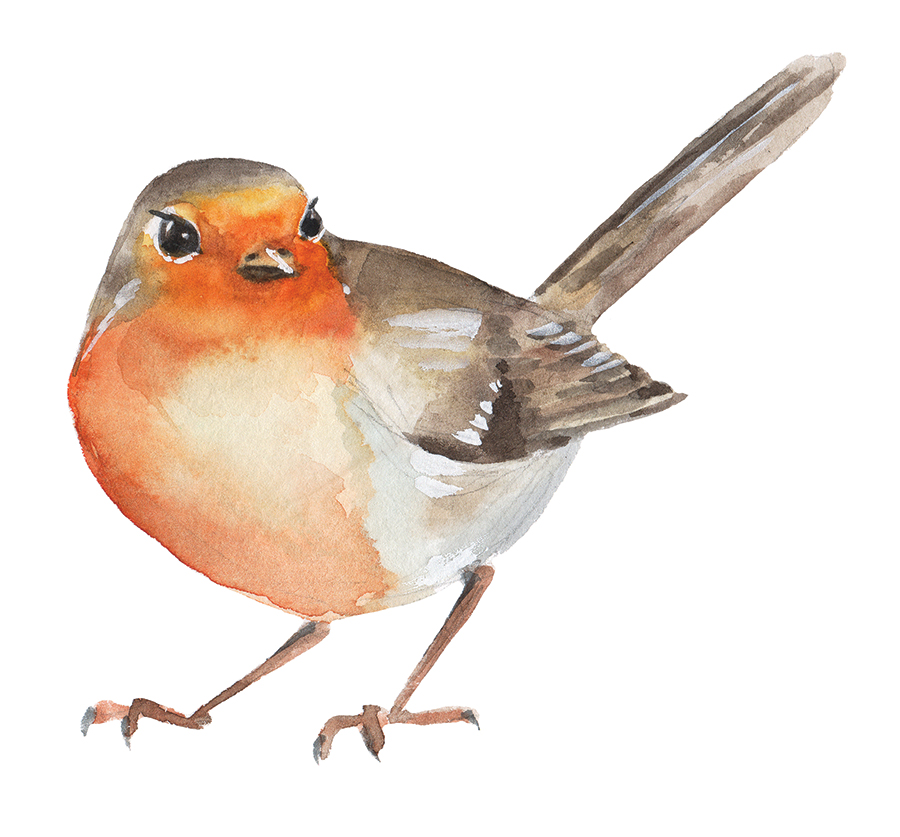
Bird Messenger
In Frances Hodgson Burnett’s classic children’s novel, a cheerful robin helps 10-year-old Mary Lennox unearth a rusty key to a long-abandoned garden.
The Secret Garden isn’t just a story of forgotten roses and the promise of spring. It’s about the healing properties of the Earth, and how, within and without, love can transmute the bleakest and most dismal places. Listen to the robin: The key is in the soil beneath you.

